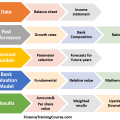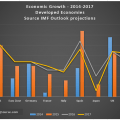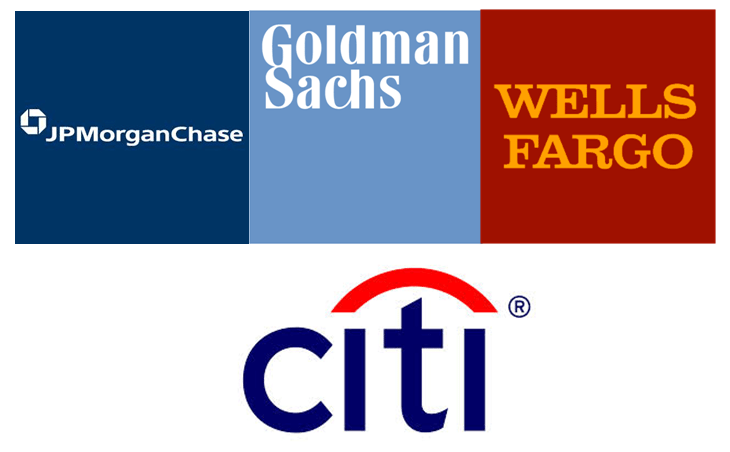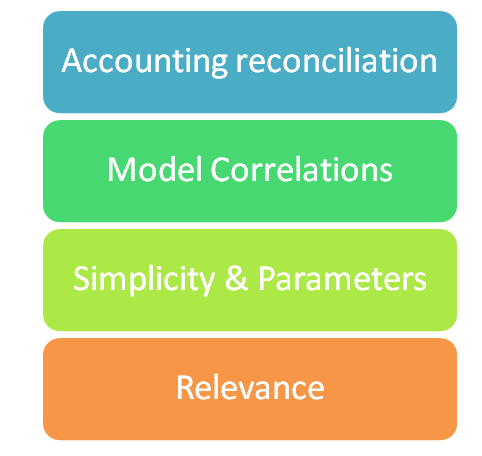Bank consolidation and M&A drivers It is that time of the year again within the banking industry in the Middle East. The move for bank consolidation and the need to roll out and brush the dust off our bank M&A models. Like every other industry
The post Bank consolidation and M&A drivers. appeared first on Finance Training Course.




